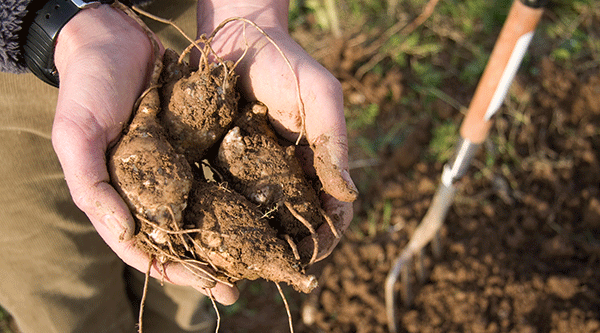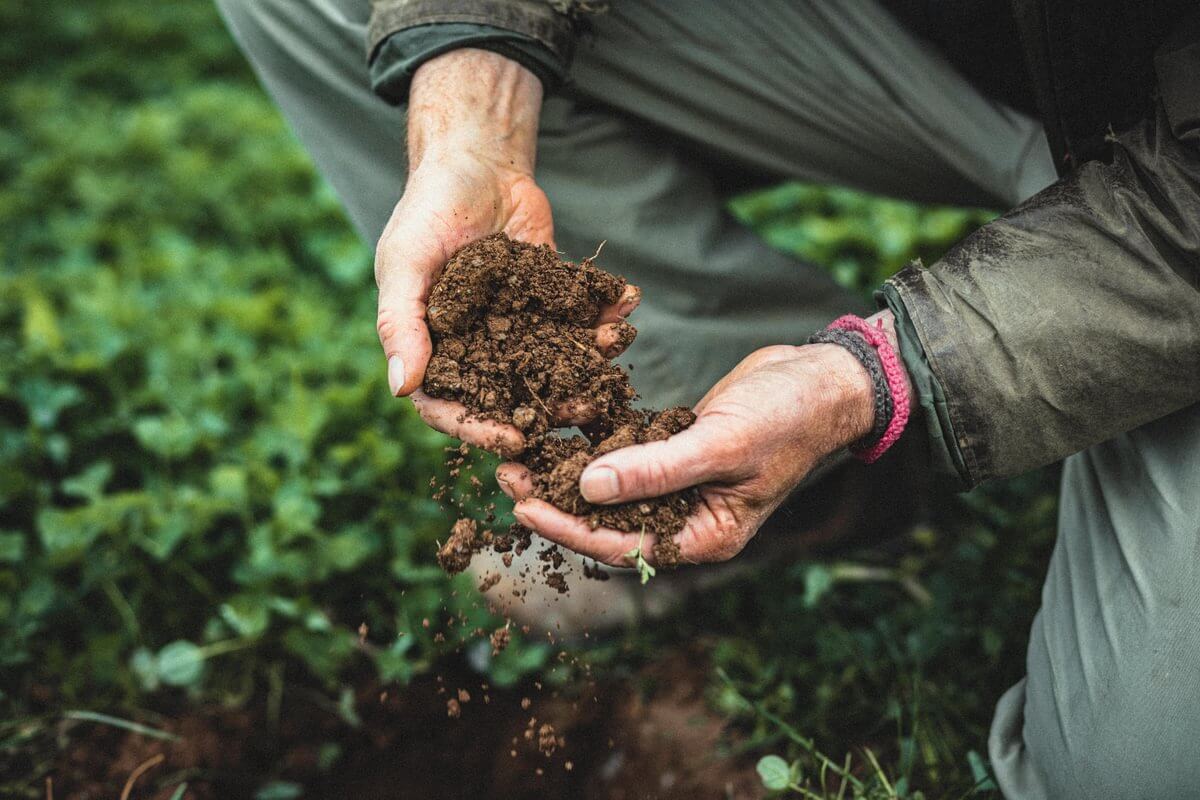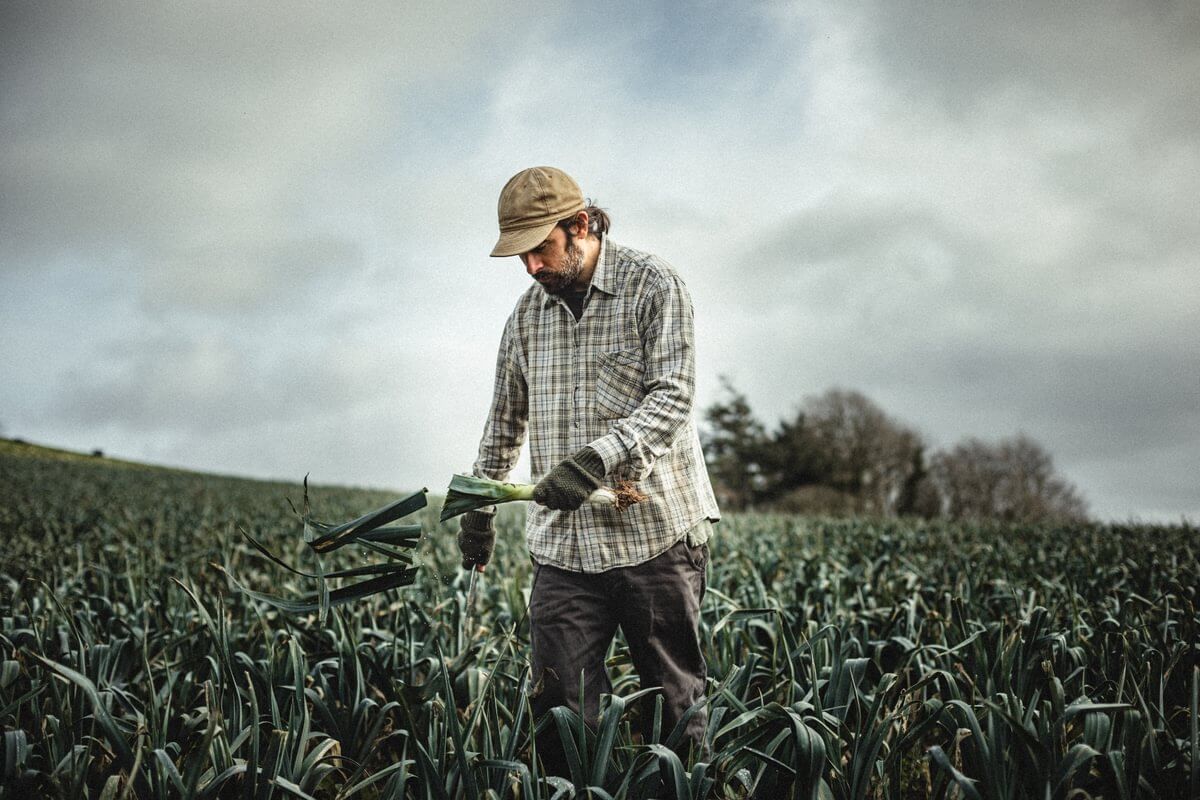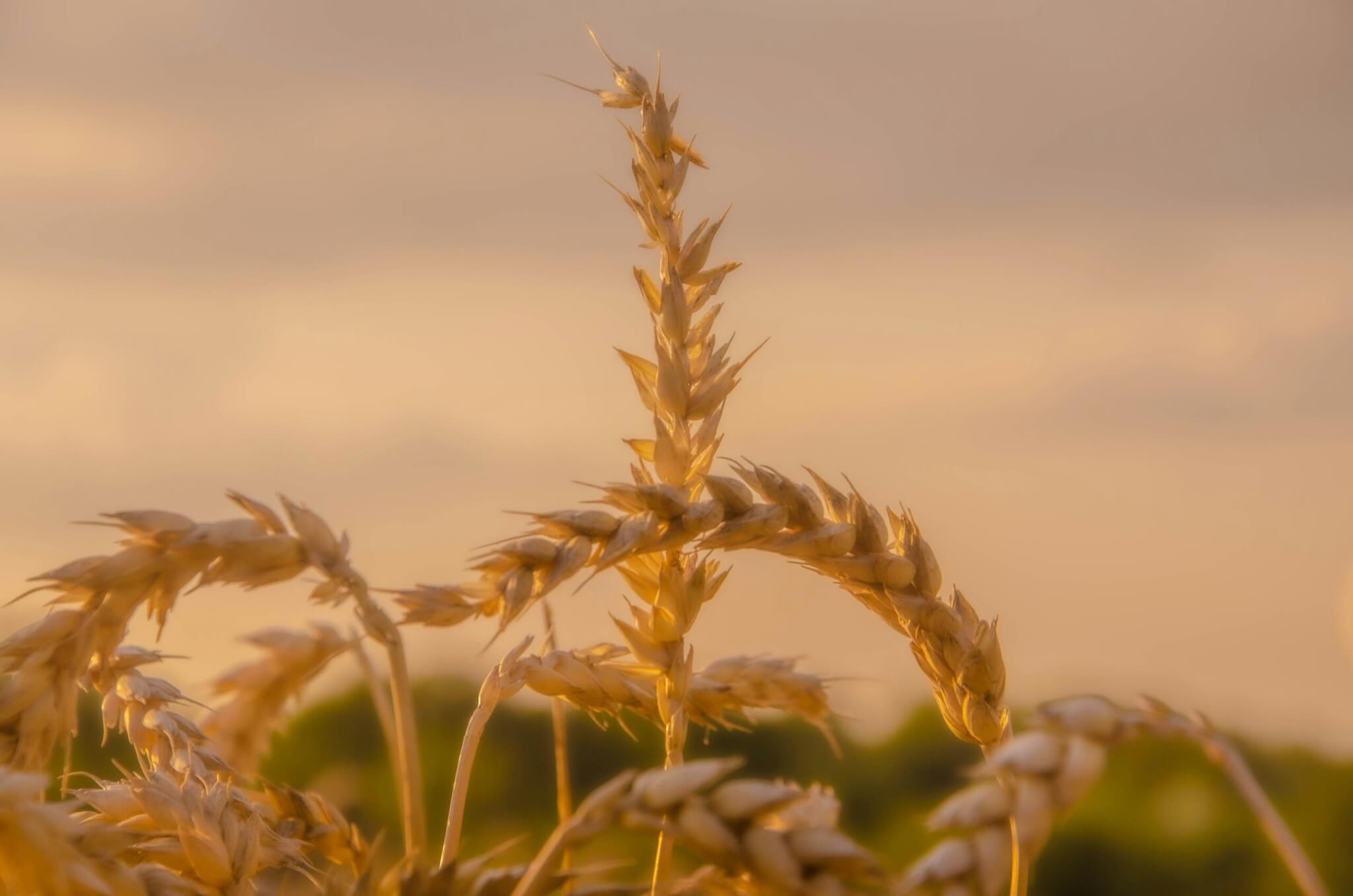With kales, most cabbages, and Brussels sprouts all bursting out of themselves as they try to flower, the selection of homegrown greens is reducing by the week.
Leeks, spring greens, cauliflowers and purple sprouting broccoli will see us through to the end of April, by which time my farm in France will be harvesting lettuces, cabbages and chard, bridging the gap before the first new season UK crops are ready to harvest in late May or June.
We still have plenty of winter roots in store. With the aid of refrigeration, a well-managed store can keep potatoes and beetroots dormant and in good condition until May or June, and celeriac and carrots into April. Parsnips and Jerusalem artichokes are best left underground, but as temperatures start to rise, we will lift the remaining crops as soon as the weather is dry enough, and store them through to March.
If kept below three degrees, potatoes accumulate sugars and turn black upon cooking – but carrots and most other roots are kept as close to zero degrees as possible, to keep them asleep and convince them that we are still in the depths of winter. Their internal clocks are ticking, so as time goes on, roots and onions have an increasing urge to sprout; from now on, consider keeping them in your fridge.

Organic farmers love growing Jerusalem artichokes (which have no relationship to Jerusalem or artichokes; the name is supposedly a corruption of ‘girasole’, Italian for their relative the sunflower). They suffer no diseases, and are so vigorous that the weeds don’t stand a chance – plus, their roots and thick, fibrous stems leave the soil in fantastic condition.
One problem is that, with such vigour, any piece of root left in the soil can easily become a problem weed in the next crop. Another issue for consumers is their well-deserved reputation for inducing flatulence. Though the effects tend to be more thunderous than malodourous, some people refuse to have them in the house.
For those with the constitution (or the sense of adventure) to enjoy them, these knobbly, sweet tubers really are food for the gods. Few things beat a silky Jerusalem artichoke soup. A morning-after survey of those I served this soup to last week revealed a range of responses, from gastric calm to marriage-threatening, gut-stretching calamity; another reflection of our varying individual biomes. Reputedly, if you are a persistent artichoke lover, repeat exposure does lead to acclimatisation.















I have been growing Jerusalem Artichokes for about 10 years – when I failed to eradicate them I decided to control their growing space which I have more or less done successfully. The flatulence problem : after many experiments I have come to the conclusion that it is the skins that cause the problem. So now I cook them in their skins, allow to cool and then scrape the flesh out to add to soups or mashed potatoes or whatever. That way you get the wonderful flavour but for me, no more than normal flatulence.
They sound incredibly virile – once you start, you literally can’t stop. You must have to get creative if you have a lot, what are your favourite recipes?
Our soup had the same impact as Guy’s: like the last night of the Proms. It made Storm Eunice look minimal….
We’ve grown JA for years – almost impossible to eradicate….! But beautiful ! I keep them in check by hand pulling any that try to escape their ‘patch’….
I made a lovely soup once but the pair of us nearly turned inside out! Now they are only allowed in the kitchen one at a time….usually roasted till sweet and sticky…